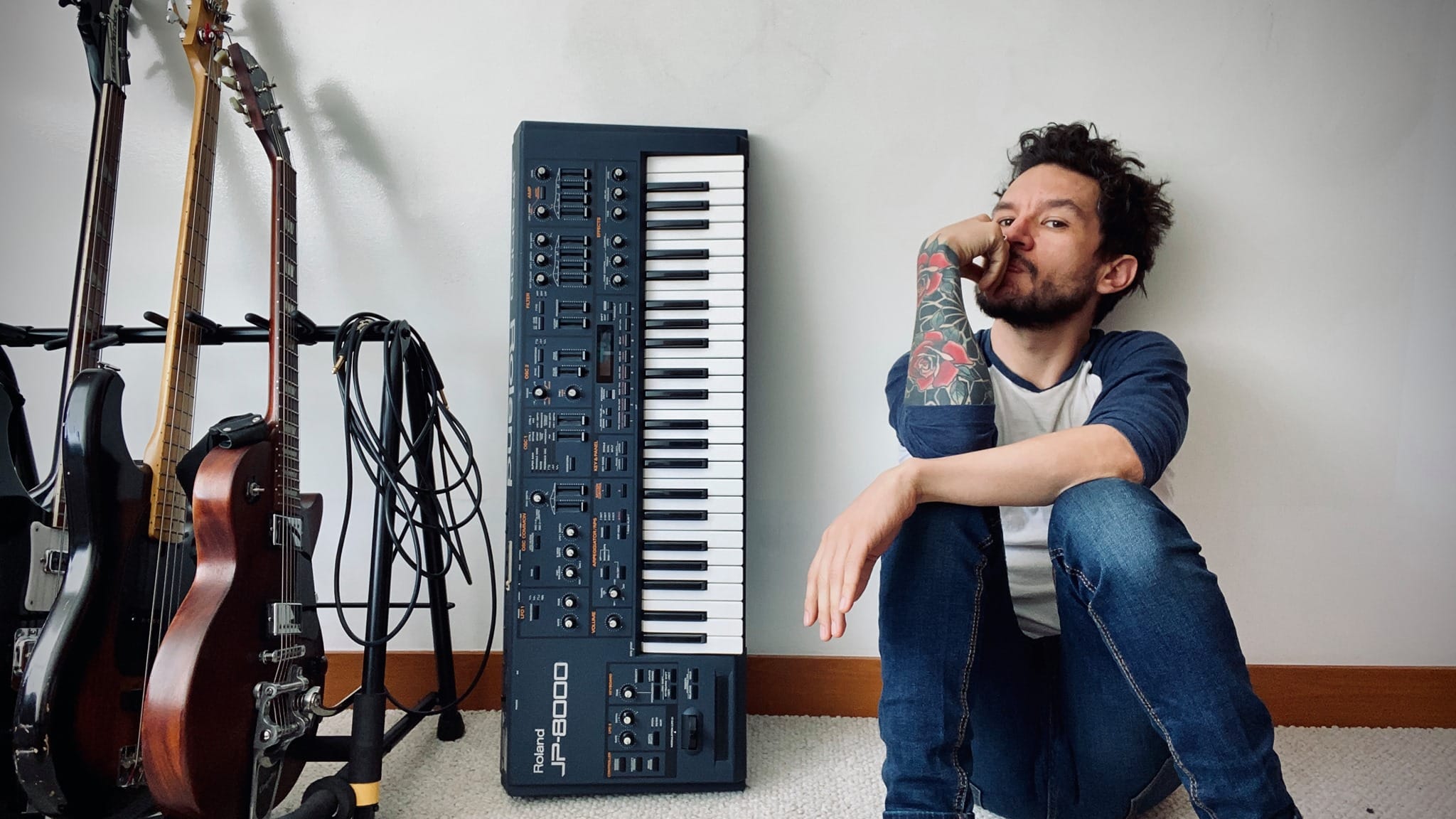
The music of our photos
Six years ago, the musician David Pinzón Cadena made a “political decision” not to make music for money again. After a long career as a composer for television shows, teacher, and music producer, he decided to become utterly consistent with his idea of art.
He has been self-taught to play various instruments from the age of 14. As he left his home, he taught music to others to support himself. Soon, other musicians invited him to listen, asked his opinion, and then directed the recordings. Thus he became a music producer without knowing it or fully understanding it.
With this experience, at 23, he created a music production career and soon began composing for television. He says that there he discovered the two passions of his life: “making sound canvases and teaching.” He still loves these two passions, but he takes them on in a completely different way than he did then. He is composing his Requiem for him and has a growing number of works in development. He has also collaborated with other artists: he made the soundtrack for Dulce y salada, Jorge Panchoaga’s project, and the music for a video for Juno June’s Las dos hebras project, among others.
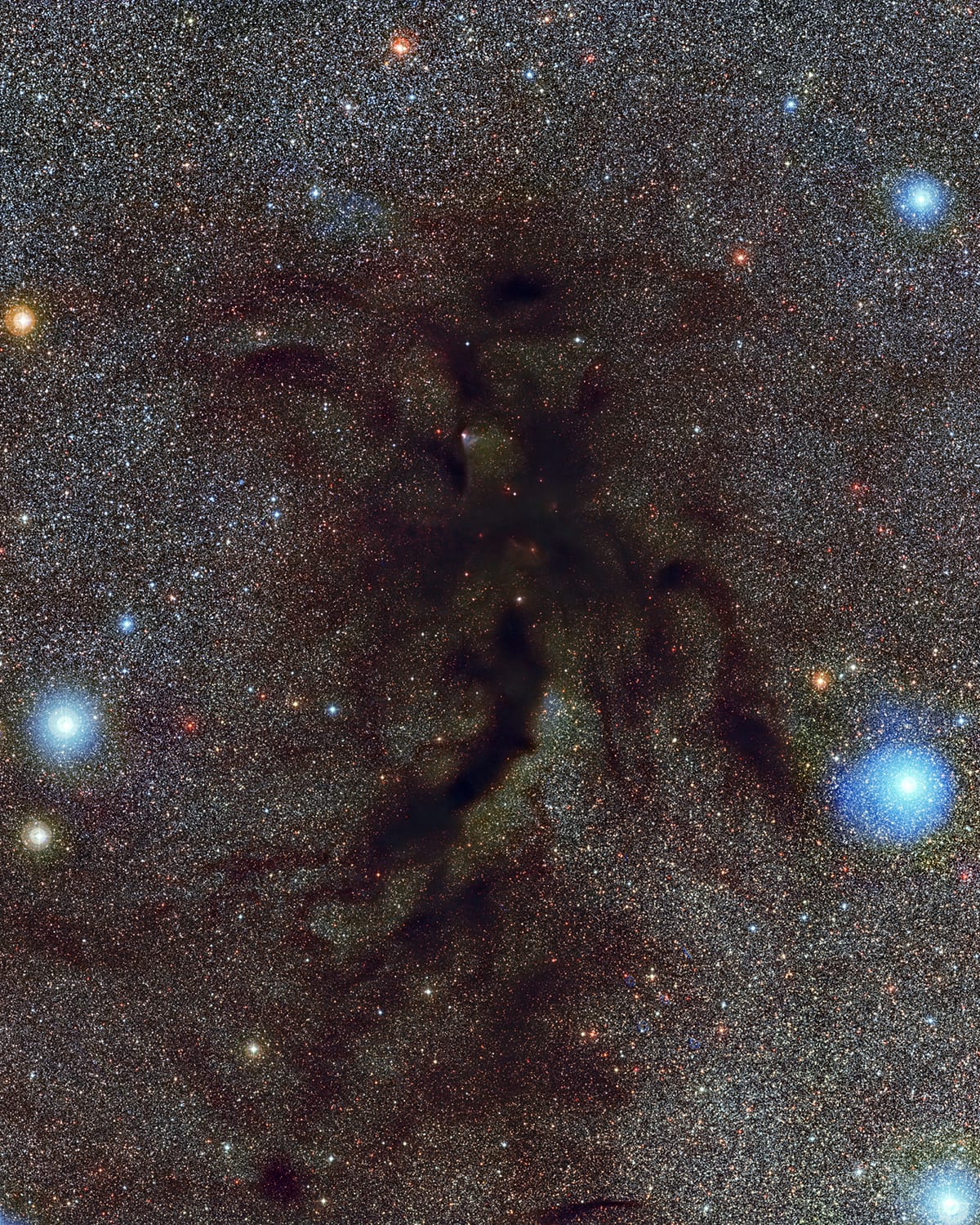
June Juno – Las Dos Hebras
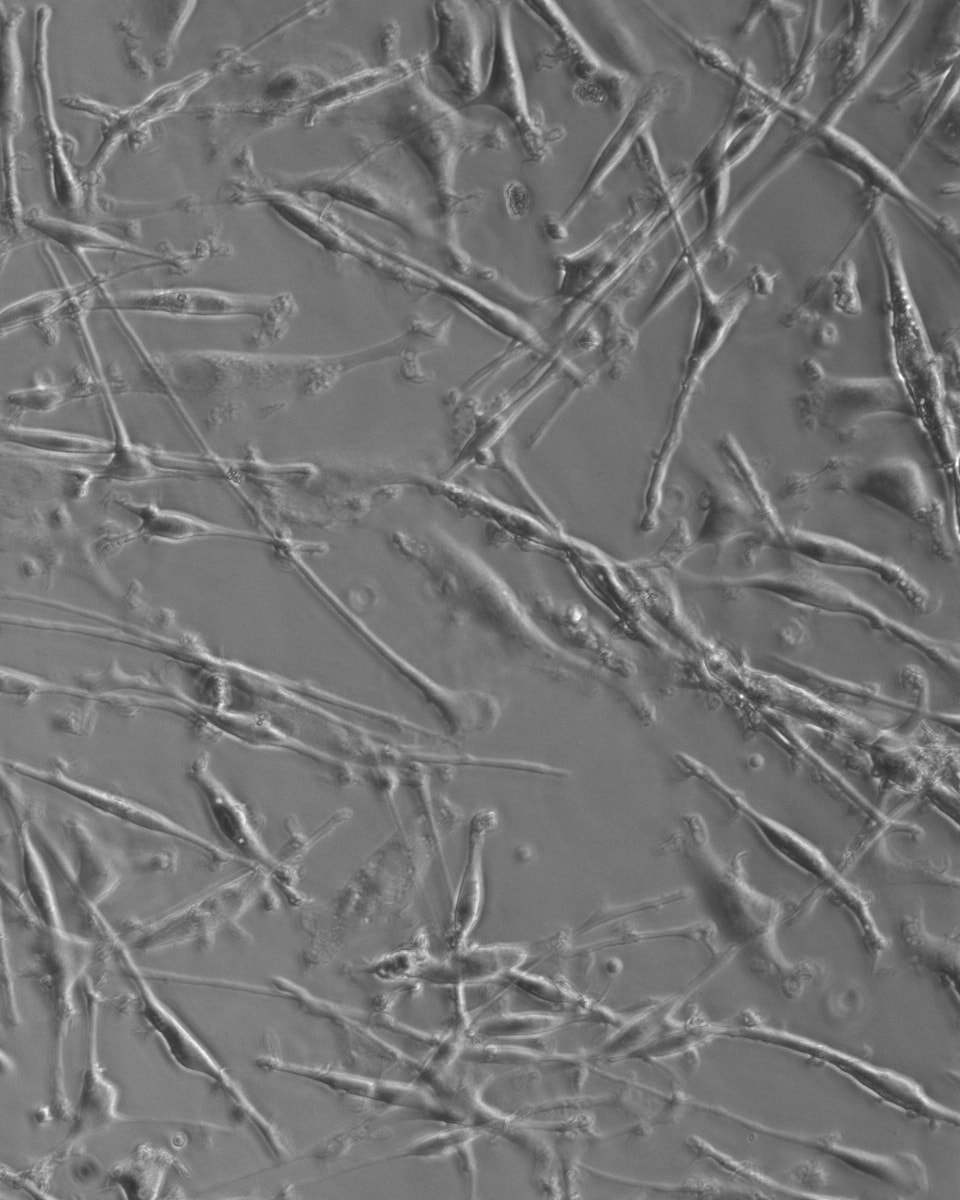
June Juno – Las Dos Hebras
How do you understand art? To what extent can it be detached from the circuits and the industry?
For me, all human beings are responsible for assuming our lives and obtaining the means to survive: you can do that by selling empanadas. That is a political position, and I do not seek to convince anyone. Art does not necessarily have to do with trade or profit. It is an intimate and private conversation between the artist and God (or the universe, great spirit, whatever you want). Art is a vehicle. It is something you ride on to explore the universe.
There came a time when I wondered what I was doing with that vehicle and realized that I felt like a taxi driver. It is an internal fight, sometimes not so secret to many artists. I finally resolved by cutting clean: it was an understanding of my vital time.
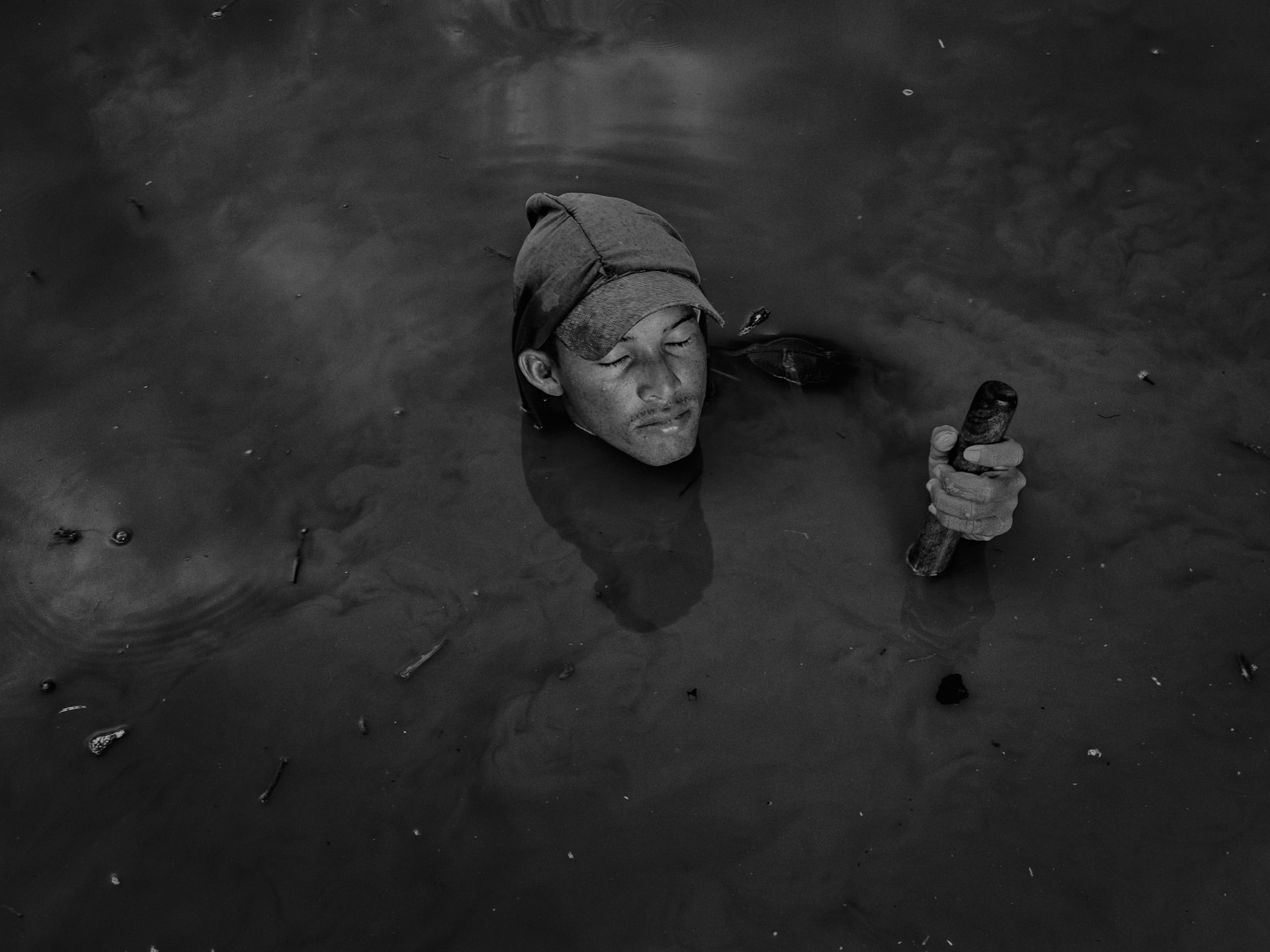
Jorge Panchoaga | Dulce y Salada
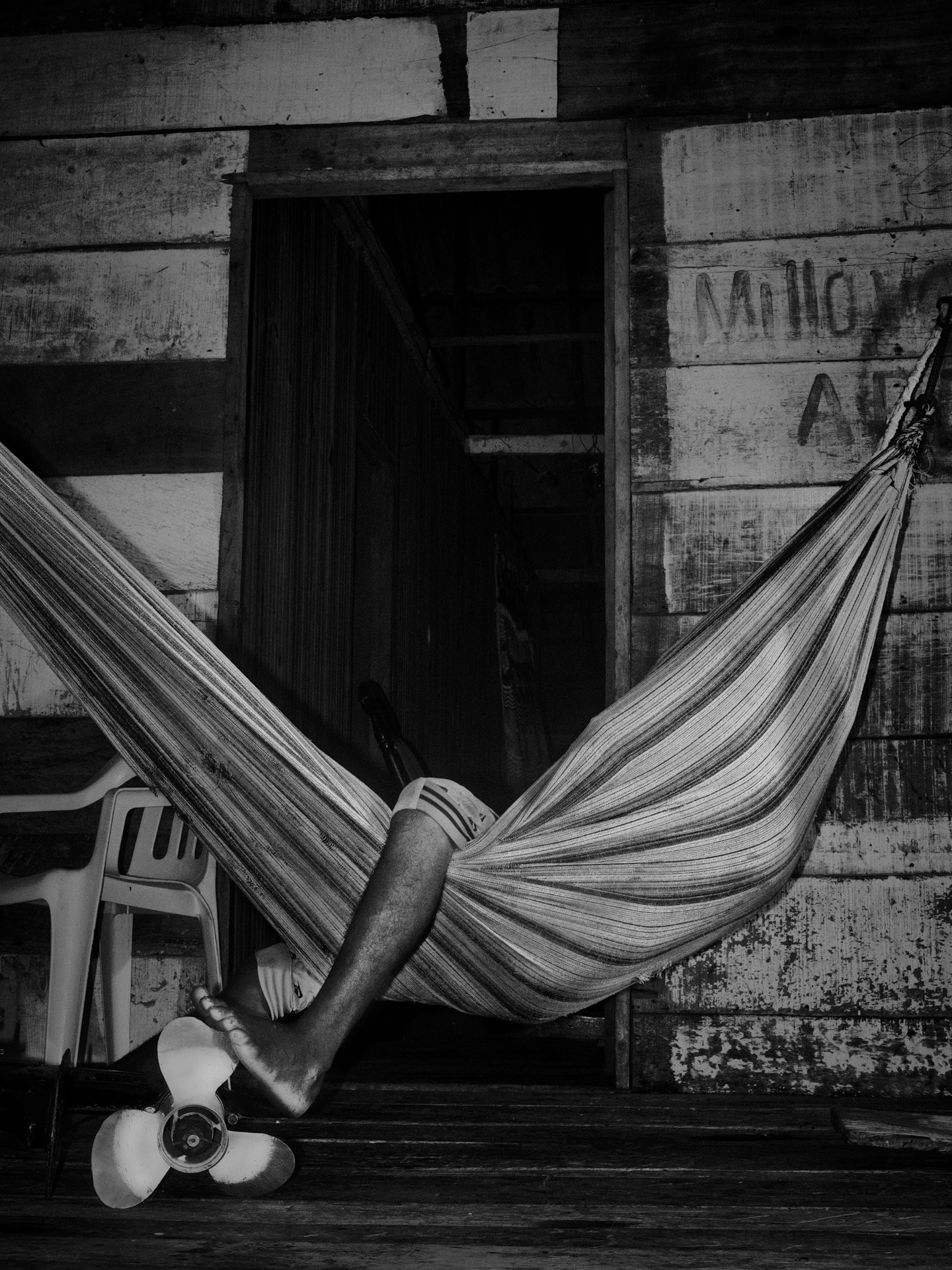
Jorge Panchoaga | Dulce y Salada
But then, how do you make others know about your creation?
When I made music for television, I tried very hard to meet my client’s expectations. That’s part of professionalism. Still, I tried to put an aesthetic seal and send an encrypted message. My commercial work has a hidden message, and I am very proud. It was gratifying that it was recognized and that people connected with it. When I produced artists, I tried to be the most consistent with that. Since 2015 I have continued producing and creating work for third parties without financial interest.
I’ve been in music for 25 years, and I feel I’ve just started. The best things will still take time, and I am not in a hurry. I make music every day, but I feel it’s not ready yet. It’s like when you have a lovely dream with mountains, rivers, and birds that no one has seen, and when you wake up, you set out to draw it, but you can’t do it. So it takes 20 years for you to learn to draw, and finally, that dream does justice one day.
It is fascinating to put that in terms of image.
It is like this: neither music, literature, nor even pedagogy has a differentiated aspect in the plane where they are born. It differs here on this plane by our senses and how our mind works. You say poetry, painting, music, but in their source, they are formless. None of them iare distinguished in that way.
Where they come from, they are units, and you can convert them into whatever you want. In my personal experience and in what I have been able to investigate, one comes into contact with that, and it is a private job to decide how you want to translate it. Some of the texts that I write for my pedagogical work also come from there.
The decision to develop it visually or musically is of this plane, but it makes no difference, and a commitment to art is a commitment to all art.
You put poetry and music on the same level as pedagogy. Why?
For me, pedagogy is one of the highest acts of service that I can do. When I speak of service, I mean the expression of who we are. With pedagogy, something very nice happens: you give something precious to someone: information. Information can change, design, or destroy life. And to be able to teach, you have to be consistent. There we return to politics again.
How do you understand politics?
I understand politics in the sense of having principles or approaches from which you address the world. I am a political being since my life is consistent with those principles. It is not about being inflexible.
How was the dialogue about the music you made for Jorge Panchoaga’s work? In other words, is it possible that there is communication between these two worlds (Jorge’s and yours), where for you, the pieces come from?
Yes, it’s the same thing that happens when you marry someone when you make love with someone. Whatever should happen. From the context of this interview, I recognize that it may seem that what I am saying is very hermit. But no. I will clarify that no one is disconnecting; on the contrary, it is connecting, opening up with the whole world.
Jorge is in an impressive process as an artist, he is living through his stages and does some compelling works, but he did not know what he was doing. He has always said it. When he started Dulce y Salada, he began to collect material and live experiences; his creative way was to generate an explosion of experiences and then try to understand them.
So he came to me with ten years of recordings. I don’t know how many hours. I joined in that chaotic boom and what we did was he handed me a bank of sounds, and we designed a workflow. That is almost as valuable as the work itself. He wanted to express what he felt about being in a population about the immensity of water, life, death, nature, the cycles in the stars, human misery, poverty, pain, suffering—everything he had seen and experienced during his work.
So I chose the sounds, created the resonators, used tape recorders, ran the sounds through a series of filters, and created some echoes. I designed four resonators, and we passed the sounds around. They are unique takes. I performed live and then edited them a little bit.
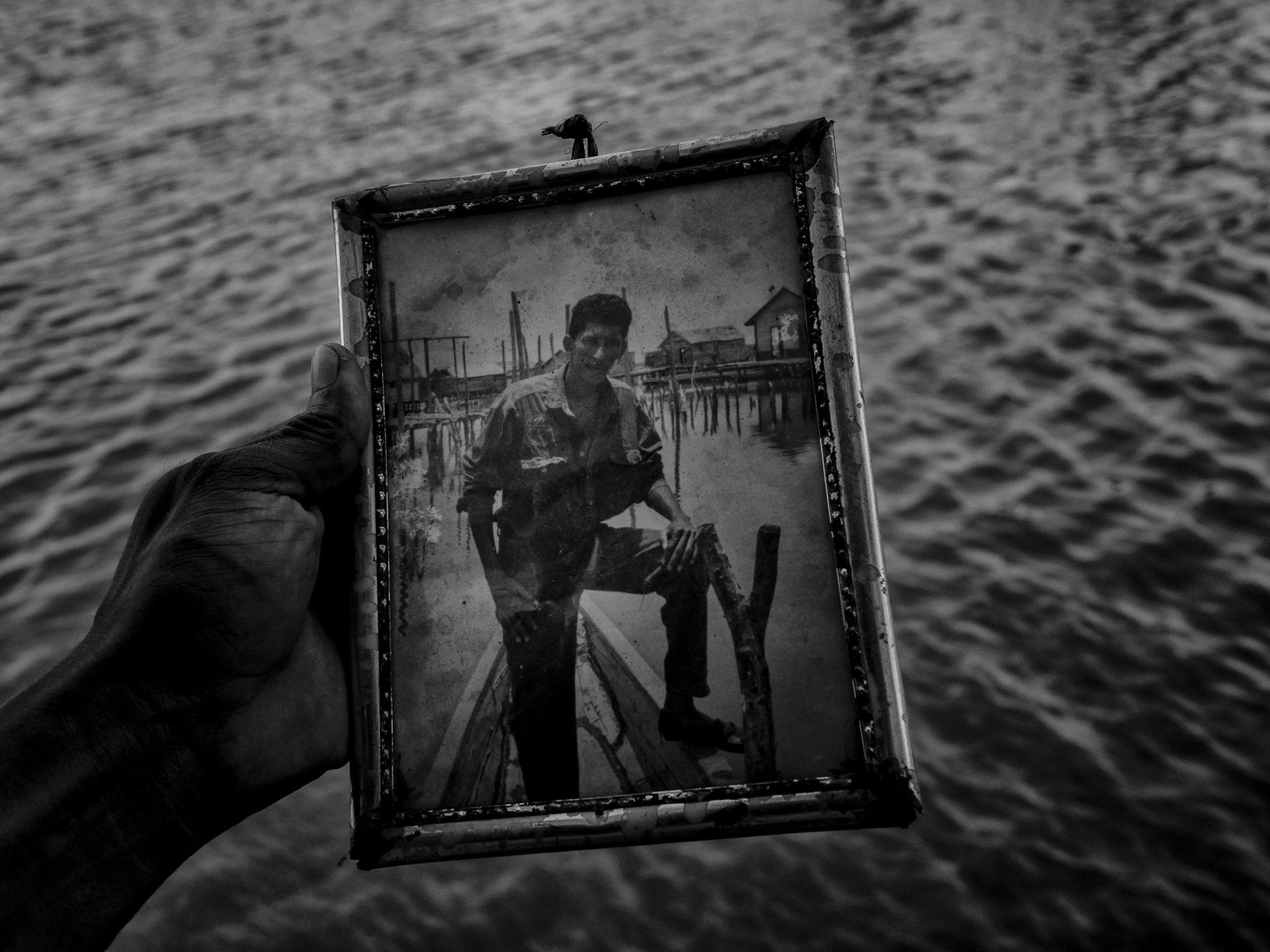
Jorge Panchoaga | Dulce y Salada
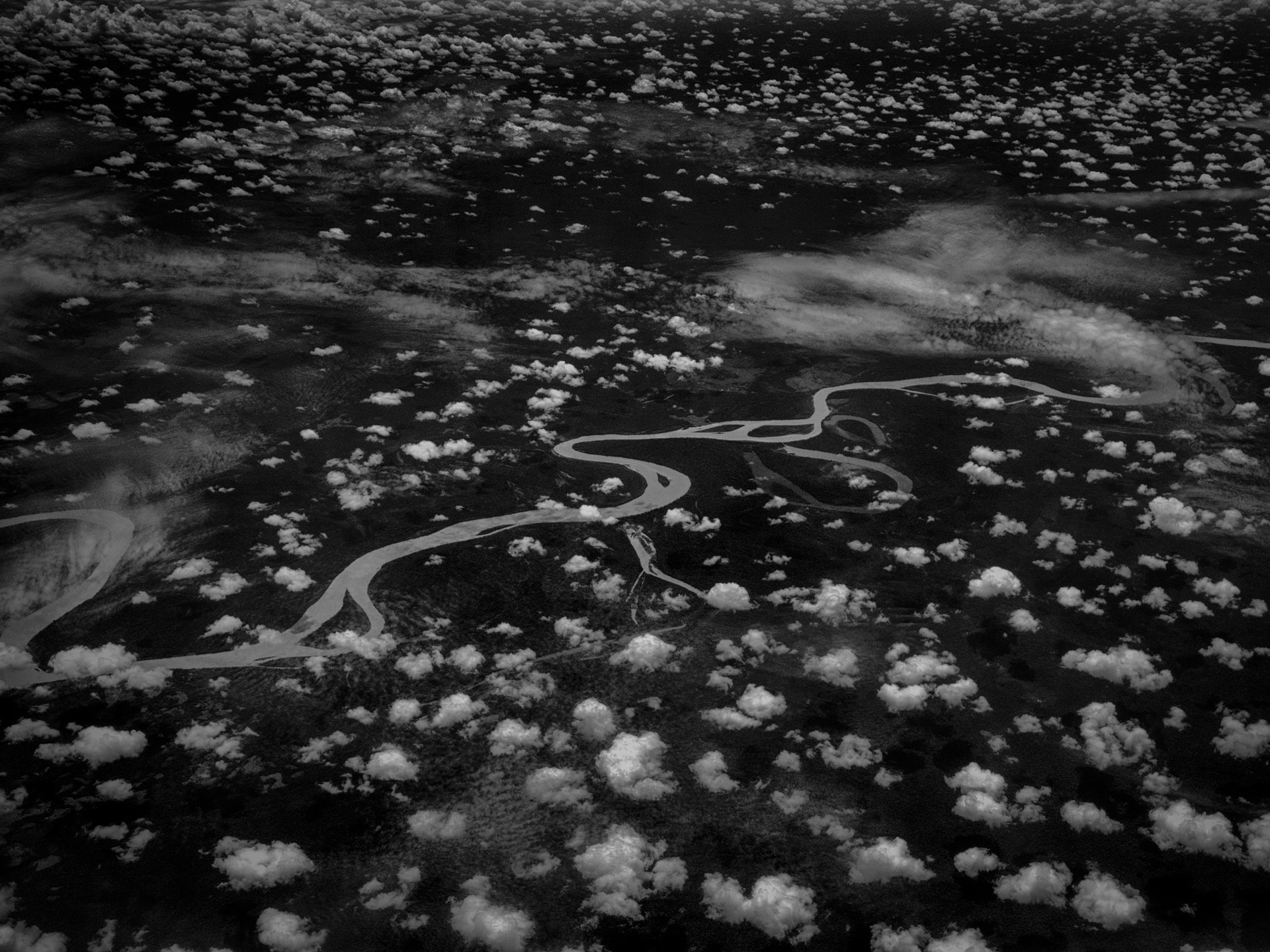
Jorge Panchoaga | Dulce y Salada
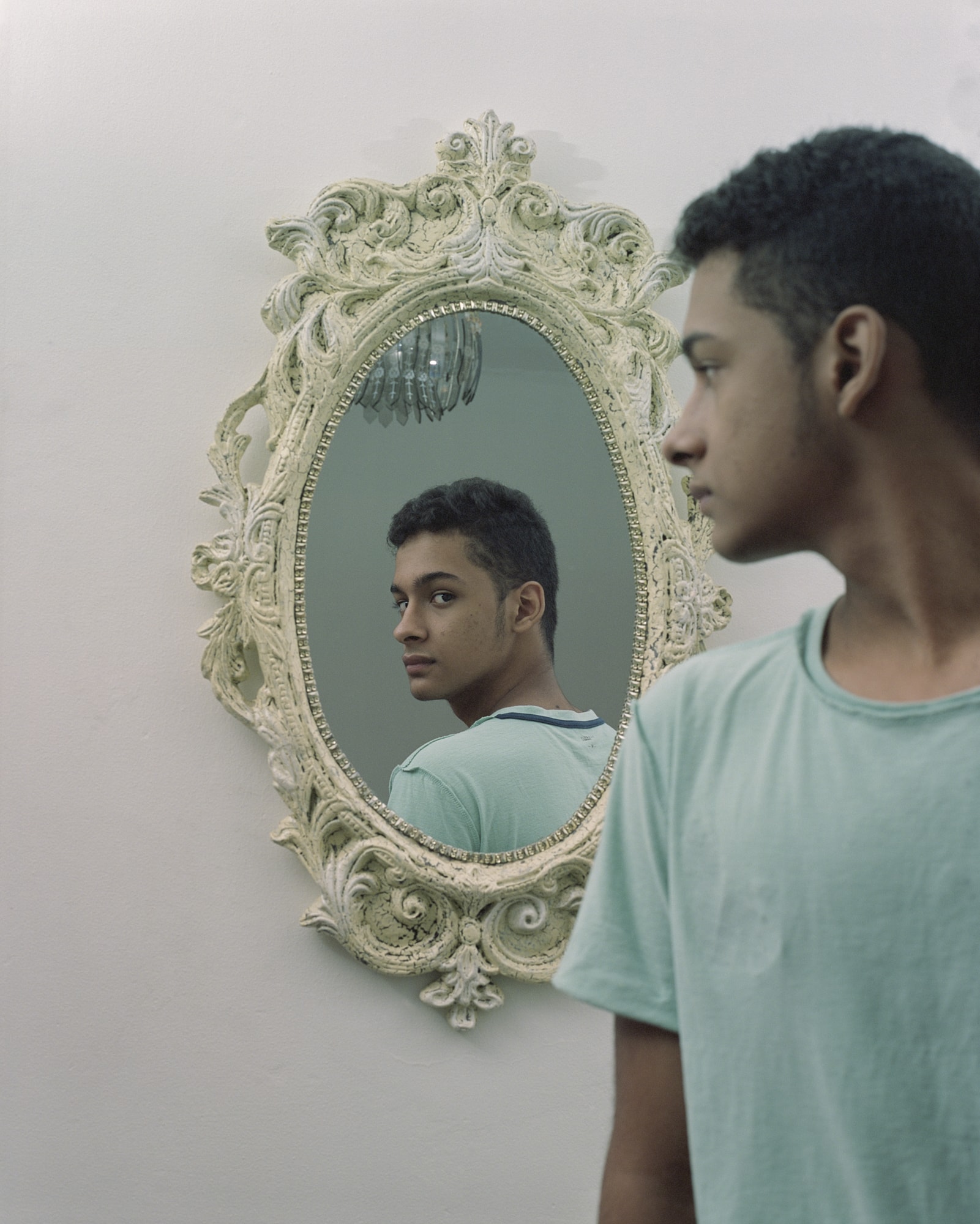
And how was working with Juno for Las dos hebras?
I felt her work as an inner search for what we are: if we are the ones who inherit or where we appear. She had her DNA sequenced and sent me the results. I chose a series of notes and randomly assigned them to that sequence. We made some layers, and then when you listen to the music, you hear a note making a sequence. Then another layer appears, which is the other sequence. When all 12 layers sound simultaneous when repeating, they form impressive sound mandalas, beautiful.


